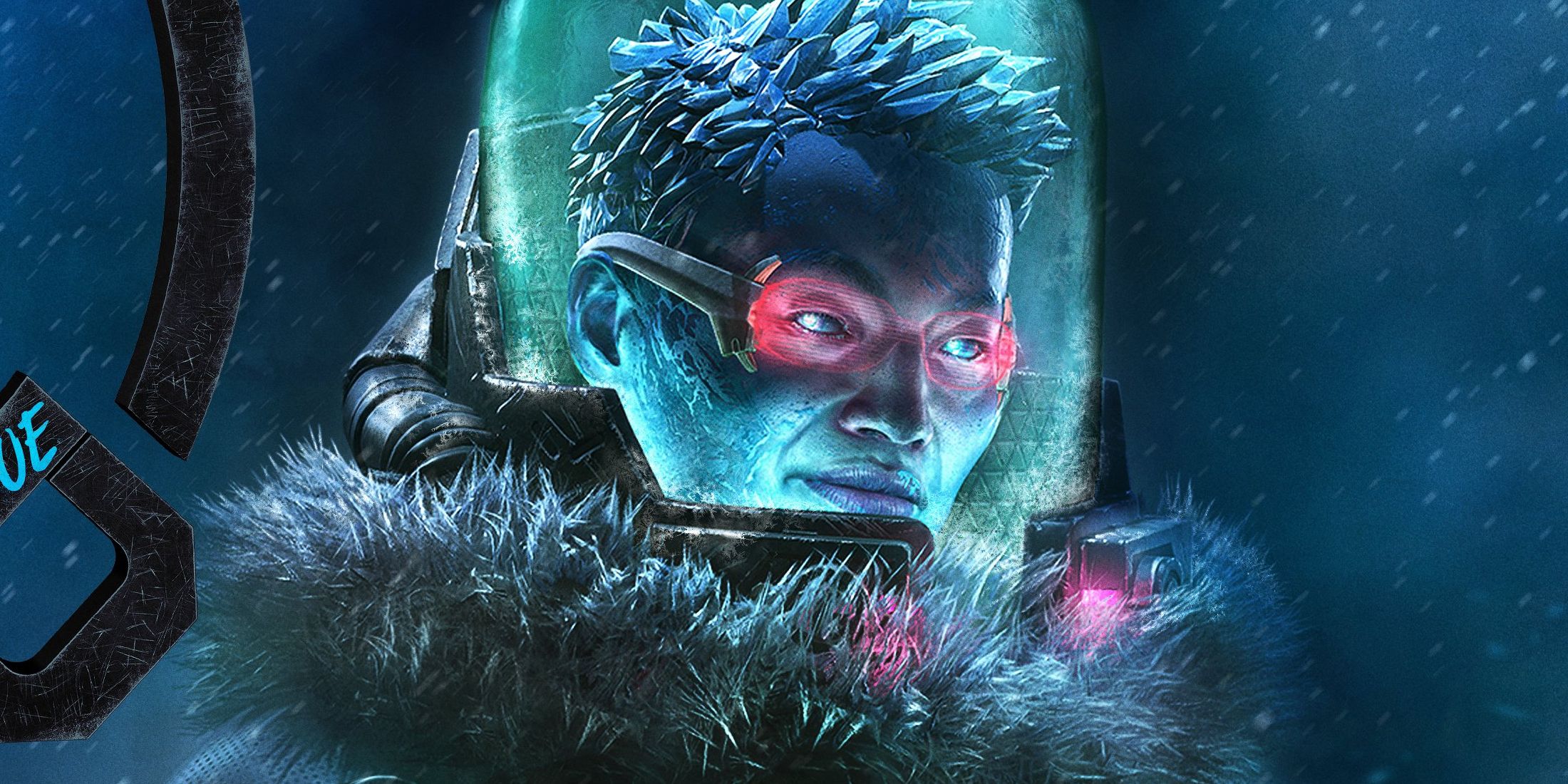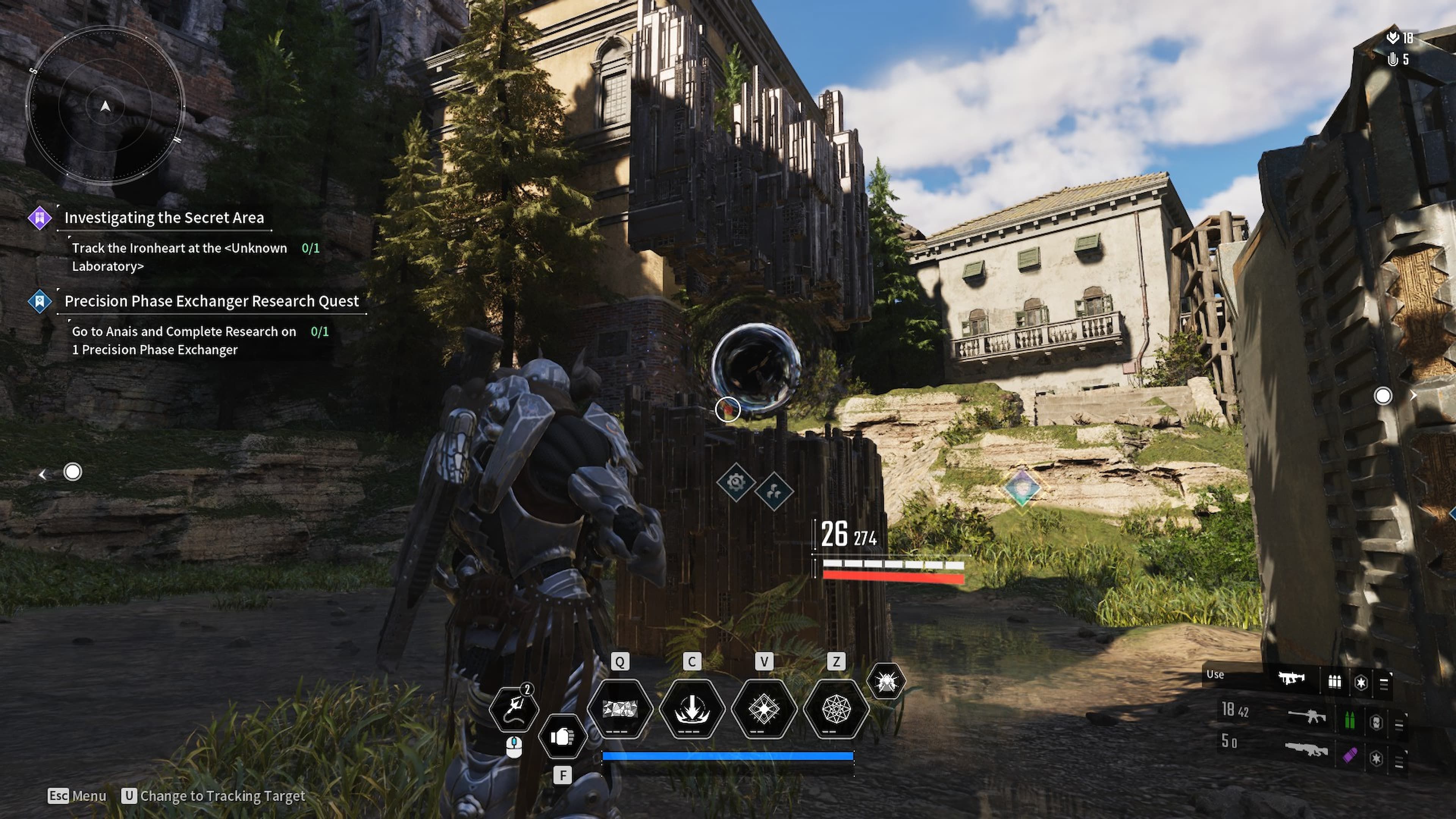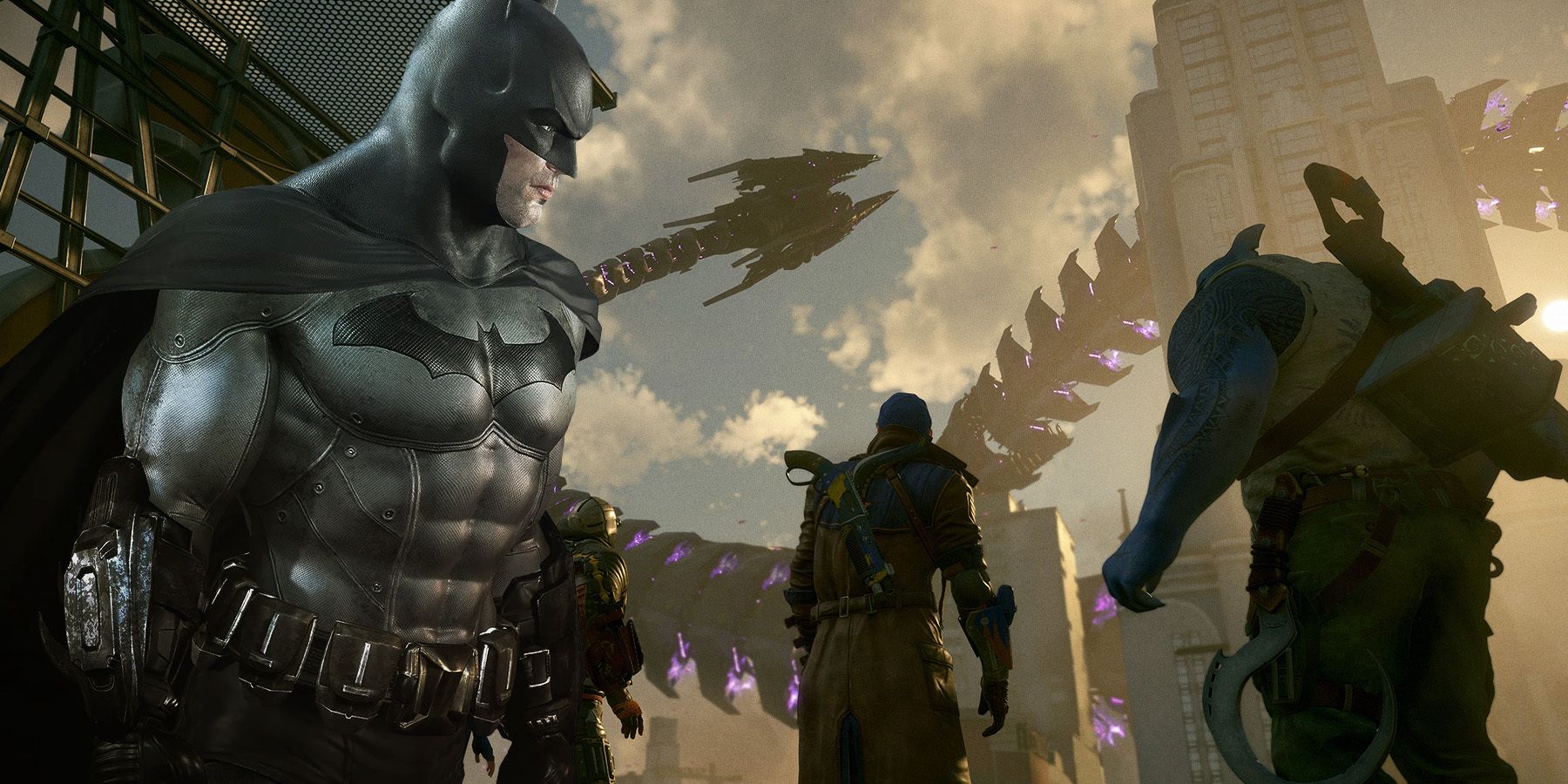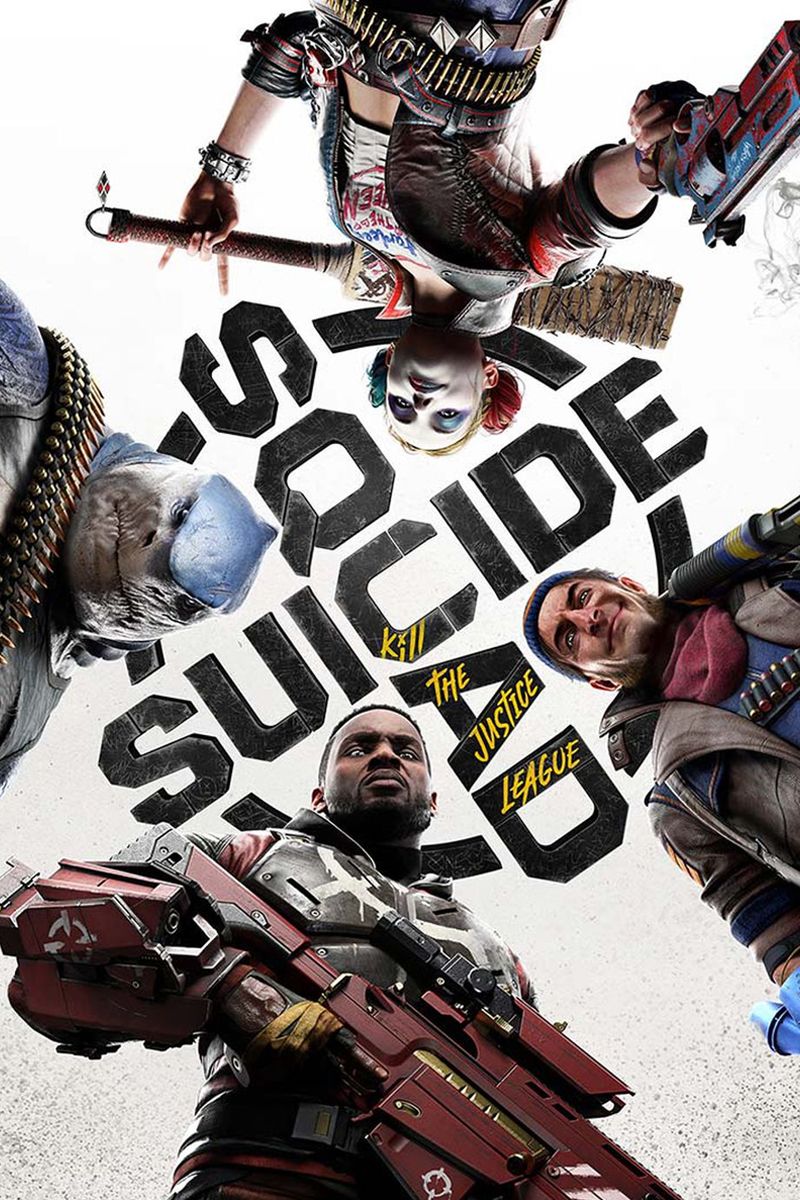The following contains story spoilers for Rocksteady Studios' Suicide Squad: Kill the Justice League .
Rocksteady's Batman: Arkham series is widely recognized as one of the most influential superhero games ever made, thanks to its innovative approach to combat and stealth as well as its engaging overarching narrative. More recent superhero titles, like Insomniac's Marvel's Spider-Man franchise, have even gone on to utilize some of Batman: Arkham's best features. Now, Rocksteady has just released its highly anticipated Batman: Arkham spin-off, Suicide Squad: Kill the Justice League.
Despite the brand-new story that Suicide Squad: Kill the Justice League brings to the table, many fans have already expressed their preference for the Batman: Arkham series. Thankfully, the developer has ensured that not only will new players be given a brief Batman: Arkham history lesson within the first few hours of Kill the Justice League, but veteran players will also get an opportunity to reflect on what came before in what is a rather creative approach to recapping its most defining moments.
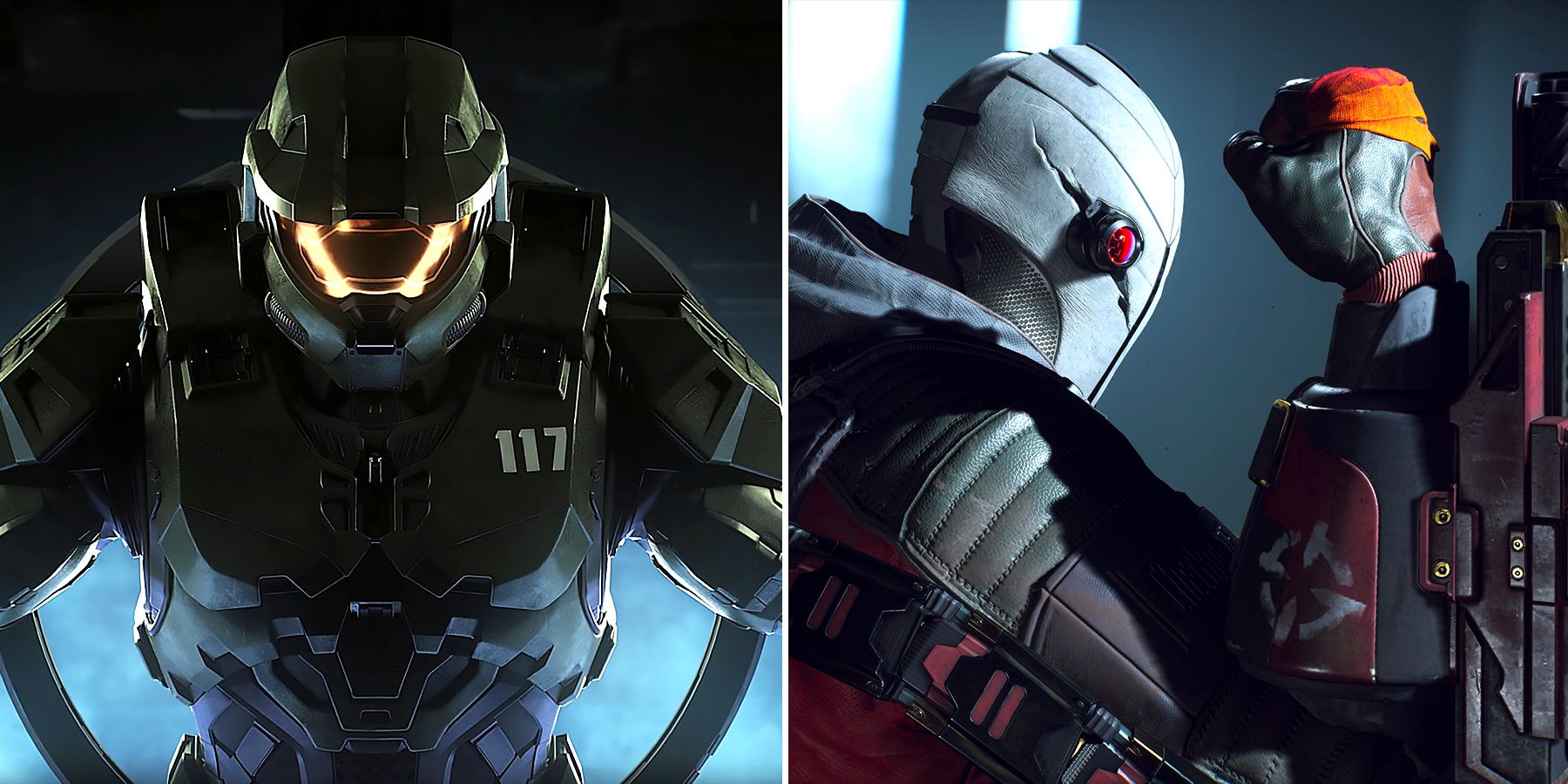
Suicide Squad: Kill The Justice League's Halo Easter Egg Explained
Suicide Squad: Kill the Justice League's first hour includes a subtle reference to Halo: Combat Evolved that's fairly easy to miss.
How Kill the Justice League's Batman Museum Recaps the Batman: Arkham Story
After their encounter with Batman in Suicide Squad: Kill the Justice League, players are allowed to free-roam the Batman Museum as they please. Displays of various villains and events from the Batman: Arkham games fill the museum, along with buttons that players can press in front of each one. When a button is pressed, a voice recording of Jack Ryder plays, detailing the scene or character behind it. However, whereas characters are only described, scenes depicting major events are told in story format.
The First Room Tells the Story of Arkham Asylum
The first scene players come across is a scene depicting the very beginning of Batman: Arkham Asylum, complete with the familiar intercom sound from the game, which is nostalgia-inducing enough to send any fan of the series fifteen years back in time. When its button is pressed, Arkham Asylum's entire story is summarized, even to the point of including a cutout of Killer Croc that emerges from behind Joker. As players move on into the halls, they will pass by depictions of Arkham Asylum's villains, including a Titan-infused Joker.
The Second Room Tells the Story of Arkham City
In the next room, players will see a crowd of cardboard inmates where a condensed version of Batman: Arkham City's story is told, with its cardboard characters all moving in response to the events of the narrative. In the room that follows, a cutout of Batman stands tall in the center, holding a lifeless Joker, signaling the end of Arkham City's story. There are also pictures of villains from the game shown on the walls — even Deadshot, who is now, ironically, an anti-hero protagonist in Kill the Justice League.
The Third Room Tells the Story of Arkham Knight
The final room is a rather large room, full of various scenes and characters from Batman: Arkham Knight, but the main story is told through the button at the room's entrance from the Arkham City room. When the button is pressed, most of the story is told as a giant cutout of Scarecrow appears at the top of the tower ahead, including when Scarecrow unmasks Batman and reveals his true identity. The end of the story is told in a separate scene across the room, detailing the moment Batman chose to fake his death at the end of Arkham Knight.
Game series often choose to include a mashup of cinematics from past games to explain their story so far, or they might even use an NPC to tell the story. However, Rocksteady's approach in Suicide Squad: Kill the Justice League to summarizing the events of Batman: Arkham is a very creative way of getting the players involved and telling the story using non-traditional methods, and just one of the many ways the developer is attempting to bring something original to the franchise.

